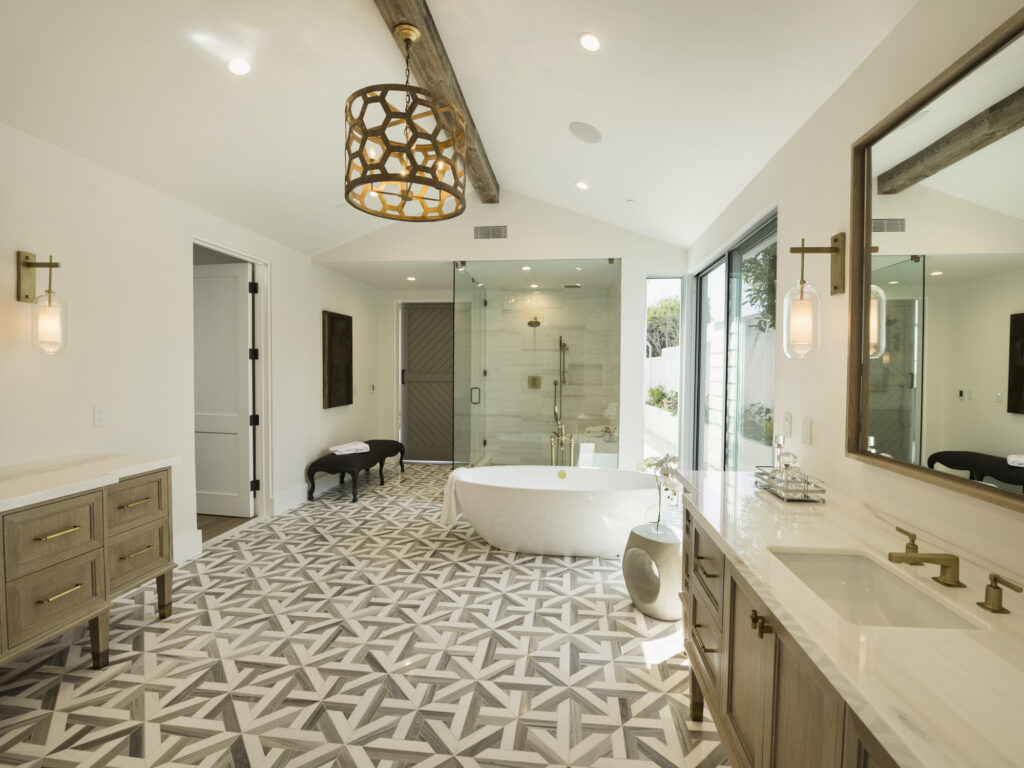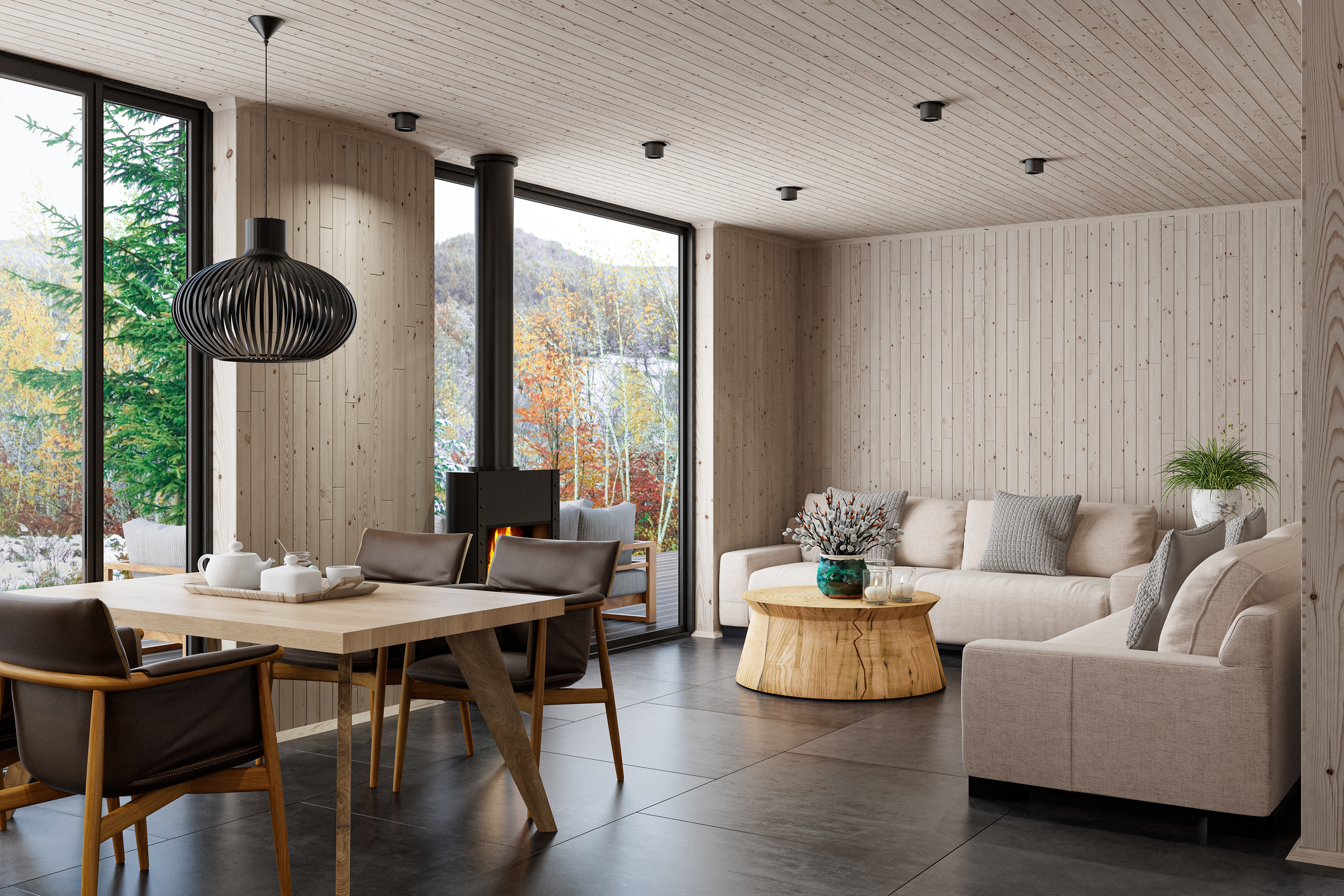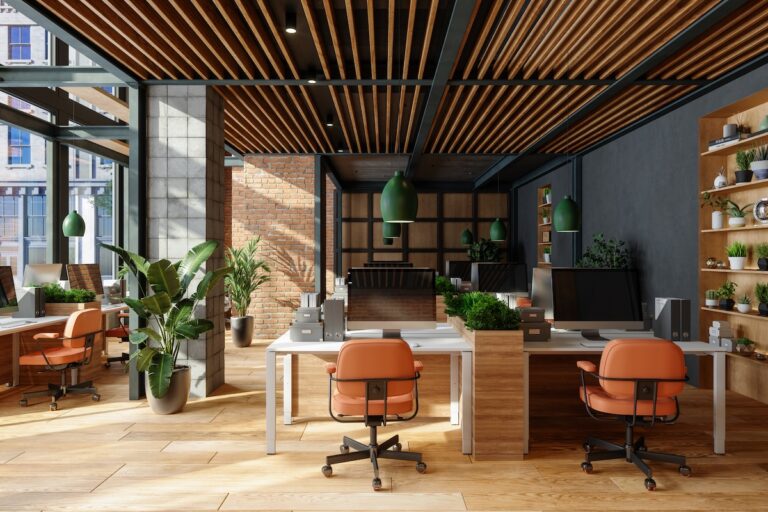Numbers aren’t the first thing that comes to mind when you think of beautiful interiors, but they should be. Budgeting is the foundation of every successful design or renovation project. It gives you a clear roadmap, guiding decisions and saving you from the usual pitfalls: unclear priorities, surprise costs, and over-budget spiral.
We won’t sugarcoat it: beautiful spaces cost money. But with smart planning, creating a space you love without breaking the bank is totally doable. Here’s how.
Steps in Setting a Budget for Interior Design
Step 1: Clarify the Project Scope and Priorities
Just like driving, before hitting the road, you should know where you want to go so you can map your route, gauge how much gas you’ll need, and plan the right playlist (and snacks). The same practical thinking applies to interior design projects.
Before crunching any numbers, define exactly what you’re trying to achieve.
Ask yourself:
- What type of project is this? (Renovation, furnishing, new build, or refresh)
- Which spaces are included? Whole home or a few rooms?
- What matters most to you or your client: function, style, or resale value?
Getting clear on scope and priorities keeps your budget for interior design projects grounded in reality.
Step 2: Understand the Key Components of an Interior Design Budget
Imagine a pie in a casual get together, unequally divided because not everyone has the same hungry levels. Well, that’s how main interior design components eat up chunks of your design budget.
Here’s how a typical interior design budget gets sliced:
- Construction and Labor (30–40%)
Demolition, painting, electrical, plumbing — this is your biggest slice for renovations. - Furnishings (25–35%)
Sofa, rugs, lighting, window treatments, decor — the fun stuff that brings it all together. - Design Fees (10–15%)
Covers your designer’s expertise — from concept to styling. - Permits and Approvals (2–5%)
For structural changes or anything that needs city clearance. - Taxes and Delivery (5–10%)
Sales tax, shipping, installation, and handling fees. - Miscellaneous (5–10%)
Wiggle room for hardware swaps, styling pieces, or impulse upgrades.
But wait, there’s (sadly) more. Add 15–20% for surprise costs like mold, delivery delays, or (suddenly) must-have upgrades.
Example: On a $60,000 budget, reserve $9,000–$12,000 for the unexpected.
Step 3: Research and Set Your Budget
Time to face the music — or, well, the math. So how much should you budget for interior design?
Here’s a general rule of thumb:
- Mid-range projects: 7–10% of your home’s value
- Luxury-level transformations: Up to 20–25%
For a $500,000 home, the average budget for interior design is:
- Mid-range: $35,000–$50,000
- High-end: $100,000+
But don’t stop at ballparks. Gather quotes from designers, contractors, and suppliers to refine your rough budget into something realistic and project-specific. This helps you:
- Differentiate the must-haves and good-to-haves
- Set expectations early with decision-makers (clients or spouses)
- Avoid going over budget
Sure, the numbers may rise fast (cue the nervous laughter), but at least you’ll know what it really takes to achieve your dream space.
Step 4: Plan for the Unexpected
Like we talked about in Step 2, even with a solid plan, things can (and will) shift. That’s why adding a 15–20% buffer to your total budget is a smart move. It helps cover:
- Scope creep (the “while we’re at it…” additions)
- Material delays or backorders
- Hidden issues like water damage or bad wiring
- Last-minute upgrades you suddenly can’t live without
Planning for the unexpected doesn’t mean expecting disaster — you’re just approaching this logically.
Step 5: Track, Review, and Adjust
The plan is set and the fun begins. But even the best budgets can unravel without regular check-ins, so keep an eye on where the money’s going.
Schedule budget reviews at key milestones (like post-demo, mid-installation, or after big purchases) to make sure you’re still on track. Use spreadsheets, budgeting apps, or project management tools to log expenses, track invoices, and catch overages early.
Or better yet, let the pros handle it. Dynamic Interiors + Flooring doesn’t just design — they help manage your project and keep your budget in check. From vendor coordination to material sourcing and financial oversight, they make sure your dream interior doesn’t turn into a budgeting nightmare.

Room-by-Room Budgeting Tips
To avoid feeling overwhelmed, try tackling your budget one room at a time. Here are some tips from the pros to help you decide where to spend and what to skip.
Living Room:
Think of this as your home’s welcome hug. It’s where you relax, host guests, and binge-watch your latest obsession.
Where to invest: Go all in on comfortable, durable seating, a high-quality rug to ground the space, and drapes or window treatments that tie up the look and help control how much light filters in.
Where to save: Accents like side tables, throw pillows, and art can be added or swapped out as your space evolves — no need to splurge here from day one.
Estimated Costs:
- Mid-range: $8,000–$15,000
- Luxury: $20,000–$35,000+
Dining Room:
Create a space that celebrates one of life’s greatest pleasures: gatherings with good food.
Where to invest: A sturdy dining table that will last generations, comfortable chairs that encourage conversations, and a statement chandelier or pendant light to make every meal look mouthwatering.
Where to save: Skip expensive wall art or specialty dishware for now. You can always upgrade as you entertain more often or develop your hosting style.
Estimated Costs:
- Mid-range: $5,000–$10,000
- Luxury: $15,000–$25,000+
Bedroom:
As the saying goes, this is where the magic happens, so let’s make it happen.
Where to invest: A quality bed and mattress is a must (your back will thank you), plus a solid headboard or bed frame and quality curtains for restful sleep.
Where to save: Easily-swapped accents like bedding, artwork, nightstand decor, and even table lamps. These can easily transform with the seasons — without straining your wallet.
Estimated Costs:
- Mid-range: $7,000–$12,000
- Luxury: $18,000–$30,000+
Working with professionals
Interior design professionals do more than make things look good, they help your budget go further. With expert “value engineering,” they’ll guide you on where to splurge (like a timeless sofa or statement lighting) and where to save (think accents and Pinterest trends).
They also give you access to trusted vendors, and project management experience — which saves you from juggling deliveries, delays, or last-minute headaches. Less stress, more progress.
Partnering with the right design team turns chaos into smart, collaborative decisions. With Dynamic Interiors + Flooring, you’re not just hiring experts, you’re gaining partners who understand your vision, respect your budget, and make the process a whole lot smoother.
Conclusion
A well-designed space starts with a well-planned budget. By defining your priorities, breaking down your costs, preparing for the unexpected, and staying flexible along the way, you’re setting up a successful project and a home you’ll love for years.
And if you want expert guidance from start to finish? Team up with Dynamic Interiors + Flooring. From big-picture planning to the final styling touch, we’ll help you bring your vision to life — beautifully, practically, and within budget.
Book a consultation or explore our portfolio to get started.



